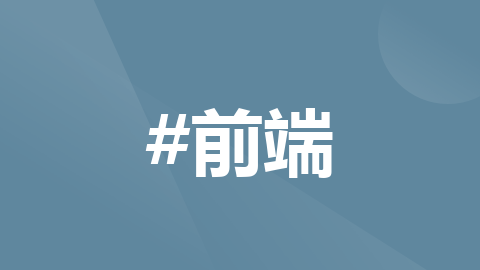
vue+elementui 表单中实现级联选择,首层多选第二层单选
vue+elementui 表单中实现级联选择,首层多选第二层单选。
·
// 在表单中使用
<el-form-item label="级联">
<el-cascader
placeholder="请选择"
@change="cascaderChange"
:props="{
checkStrictly: false,
emitPath: false,
multiple: true,
}"
:value="form.cascader"
:options="options"
clearable
ref="cascaderRef"
/>
</el-form-item>
// 涉及到的方法
methods:{
cascaderChange(value) {
this.getValue(this.form.cascader, 'cascaderRef', 'form', value)
},
getValue (initVal, refName, editRuleForm, value) {
var nodes = this.$refs[refName].getCheckedNodes();
if (nodes.length == 0) {
this[editRuleForm].cascader = [];
return;
}
const editArray = []
// 新增的值
const newData = []
const cancelData = []
nodes.forEach(item => {
const find = initVal.findIndex(id => id === item?.path[1] && item.checked) !== -1
const findCancel = value.findIndex(id => id === item?.path[1] && item.checked) === -1
if (findCancel || !item.checked) {
cancelData.push({ ...item, checked: false })
} else if (find) {
// 已经选中的一级
editArray.push({ parent: item?.path[0], child: item?.path[1] })
} else if (item.checked) {
// 已经选择的新的
newData.push(item)
}
})
const lastNode = newData[newData.length - 1]
// 最后操作的节点,首级存在在已经在的值内
if (editArray.findIndex(i => i.parent === lastNode?.path?.[0]) !== -1) {
const newBranch = this[editRuleForm].cascader.filter(id => {
return editArray.findIndex(i => i.child === id && lastNode?.path?.[0] === i.parent) === -1
})
newBranch.unshift(lastNode?.path?.[1])
this[editRuleForm].cascader = newBranch
} else {
const newBranch = this[editRuleForm].cascader.filter(id => {
return cancelData.findIndex(item => item.path[1] === id) === -1 && nodes.findIndex(item => item.path[1] === id) !== -1
})
if (lastNode?.path?.[1]) {
newBranch.unshift(lastNode.path[1])
}
this[editRuleForm].cascader = newBranch
}
},
}效果图

更多推荐
 已为社区贡献1条内容
已为社区贡献1条内容







所有评论(0)